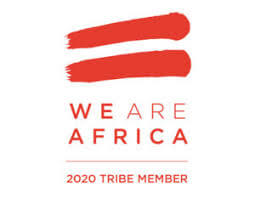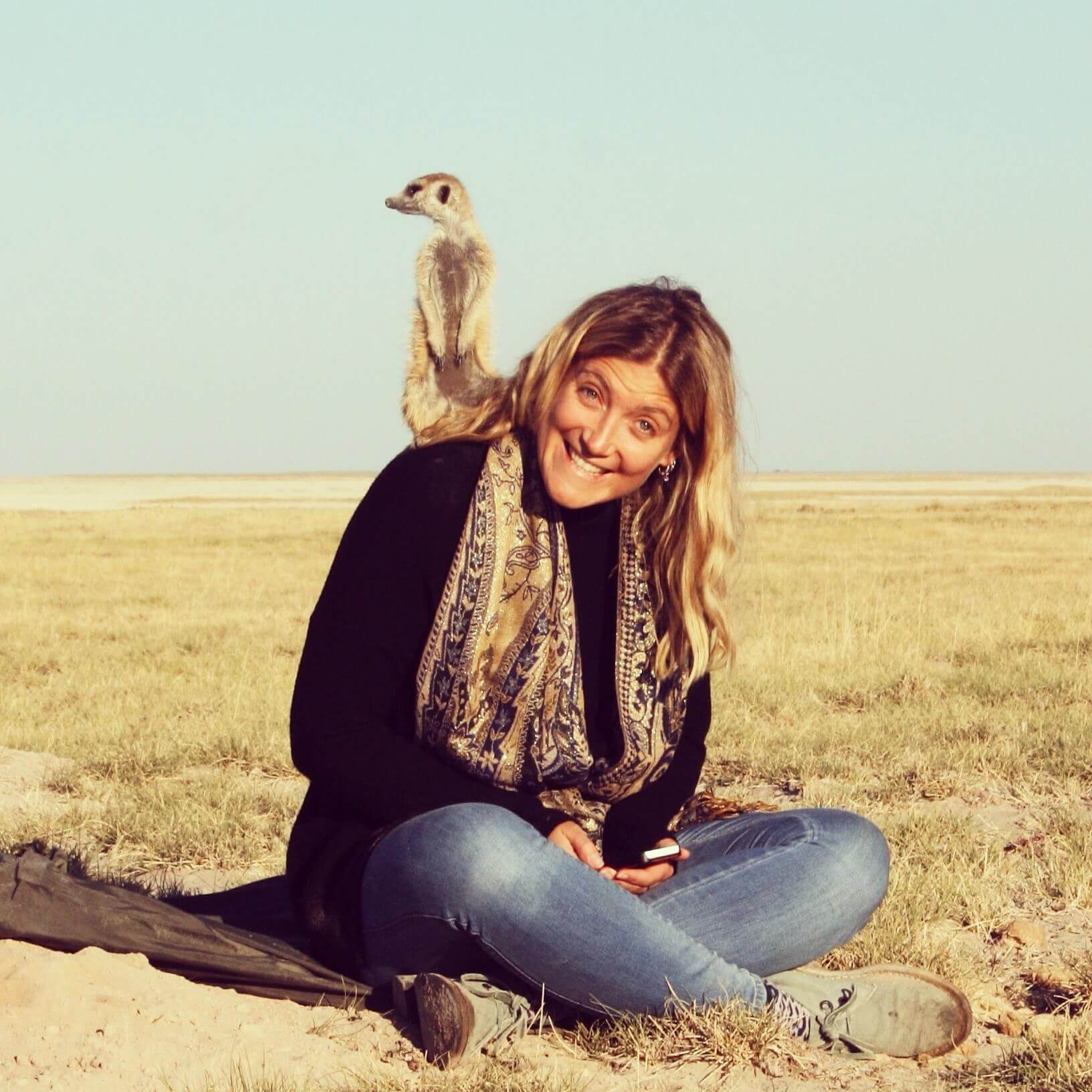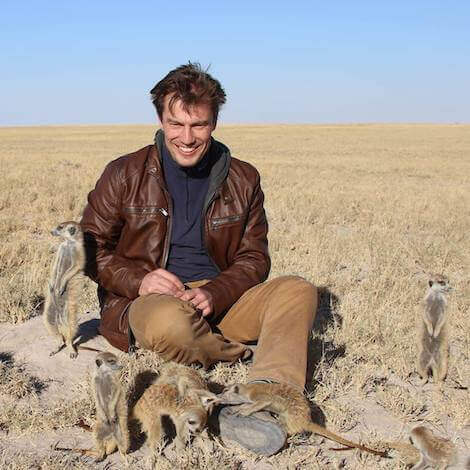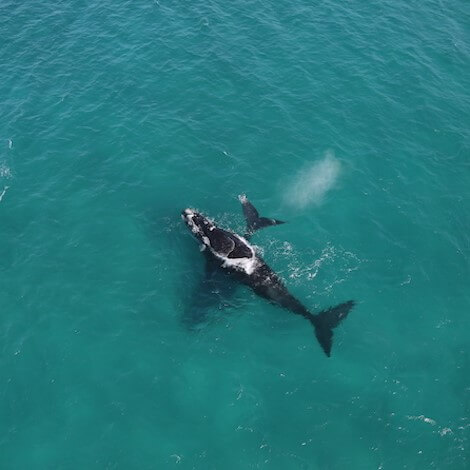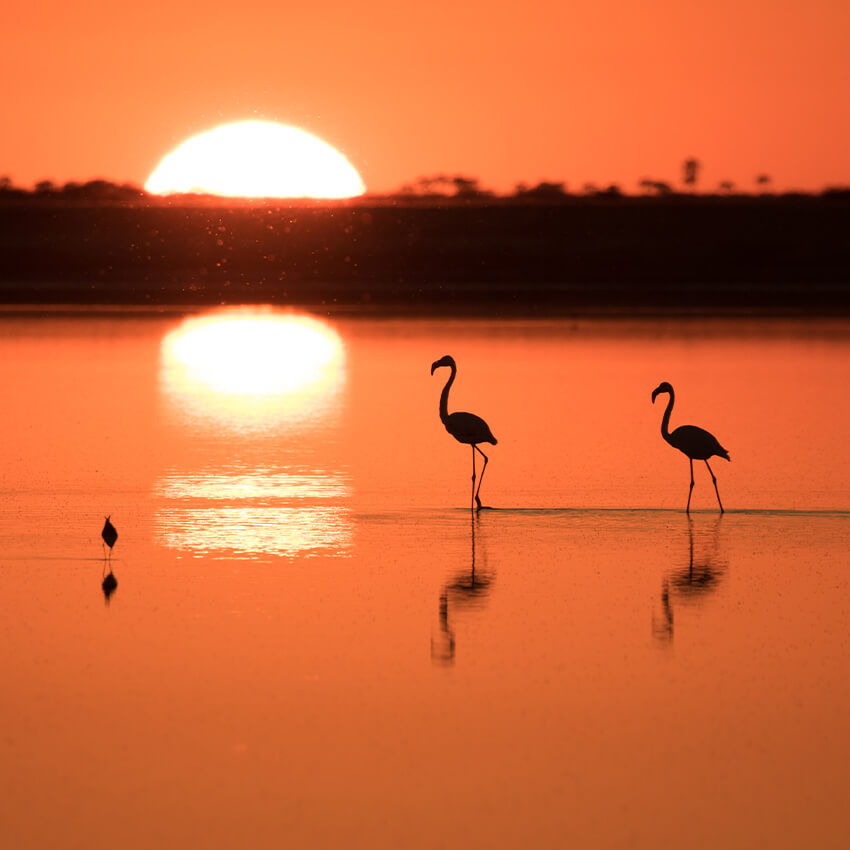Camera Trapping In Khwai
 Pru Allison
Pru Allison
 February 11, 2021
February 11, 2021
We recently received an update from the Leopard population Dynamics and Conservation Project team on the ‘Conservation ecology of leopards (Panthera pardus) in northern Botswana: movement and communication in a landscape of risk’ research project, which takes place Khwai Private Reserve in the Okavango Delta.
The project strives to assess how leopards are able to effectively communicate with one another while minimising the risk of drawing attention that might lead to other animals attacking them or stealing the hard-earned prey.
In order to ascertain the information, the research team are investigating how the leopards respond through their movement and communication to specific signals and cues both naturally and experimentally. The methods being used in the project are the examination of call distribution patterns across a landscape of risk posed by lions and hyenas, and the use of passive acoustic monitoring devices (PAMs – audiomoths and songmeters).
The project specifically hopes to: utilise a ‘soundscape of fear’ approach to describe leopard signalling and provide an in depth analysis of the leopard population in Khwai Private Reserve; to learn more about how leopards balance their risk of attack or loss of prey with their need to communicate with one another; recognise the leopards’ full range of vocalisations and understand what they mean; use a combination of handheld recorders, satellite imagery, camera traps and GPS collars to see how the big cats are distributed throughout the study area and how this affects their vocal communications.
With travel restricted somewhat by the onset of Covid, Benjamin Walker has been working on analysis in Sydney, Australia while his fellow researcher Rethabile Setlalekgomo has been conducting fieldwork.
Rethabile has conducted two surveys, each lasting a little over 46 days, and is now back in the safari town of Maun where she’s busy writing up her findings. The surveys have produced tens of thousands of camera trap videos, which Rethabile is busy manually classifying into species. Her list so far includes such characters as elephants, spotted hyenas, African wild dogs, genets, leopards, African wild cats, aardvarks, lions, hippos and giraffes.
We can’t wait to hear the final tally.
If you’d like to support this project with a donation, please visit Natural Selection (naturalselectionfoundation.org)
Special Offers
Our special offers are designed to help you experience everything southern Africa has to offer whilst also saving some all-important pennies. Whether you’re about to embark on a once-in-a-lifetime solo trip, or are celebrating a special occasion, have a peek at our offers and see what could be in store for you.





